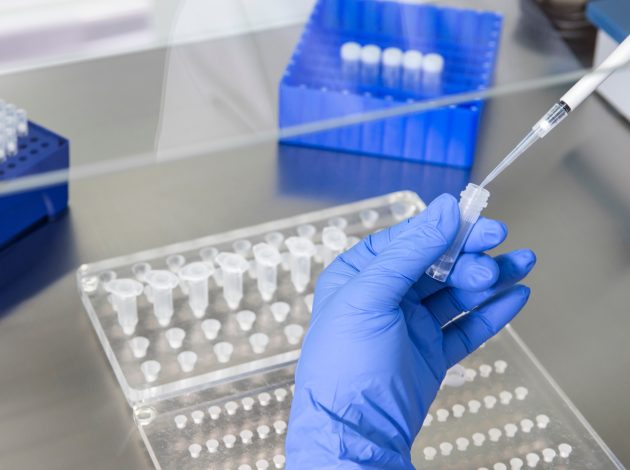Mapping the next stage of the COVID-19 Infection Survey

The Coronavirus (COVID-19) Infection Survey (CIS) has cemented itself as a vital source of information on the state of the pandemic in the UK. With the advent of vaccines and a roadmap out of restriction, Deputy Director for the COVID-19 Infection Survey Tina Thomas explains how the scope of the survey is expanding to report on the effectiveness of vaccine programmes – and pays tribute to all those who have taken it this far.
It has been almost a whole year since the Office for National Statistics (ONS) and our partners at the University of Oxford, funded by the Department for Health and Social Care (DHSC), were asked to set up a study to monitor and understand how SARS-CoV-2 (the virus that causes COVID-19) was spreading throughout the community population.
Since then the COVID-19 Infection Survey (CIS) has gone from strength to strength. Starting with a pilot sample of 21,000 participants in England, the CIS now samples over 150,000 respondents per fortnight from across England, Wales, Northern Ireland and Scotland; giving the public and policy makers a vital source of information to aid in the UK’s response to the pandemic.
We’ve shown our ability to be adaptable throughout the course of the pandemic, changing our analysis to better reflect the situation on the ground. From the data we collect we now provide detailed analysis on the characteristics and symptoms of those who have COVID-19 and how many people would test positive for antibodies to the virus.
In addition, we have incorporated emerging challenges into our reporting. In December, when analysis showed a new ‘UK’ variant was spreading across the country, we changed how we reported our results so we could report on the percentage of cases that were compatible with this new variant.
Now comes the next stage in our surveillance. Vaccination programmes across the UK have begun in earnest and are one of the crucial ways we are going see an end to the pandemic and a return to normality. However, many questions remain unanswered; we know how effective the vaccines are in stopping severe symptoms to COVID-19 in trials but how long does antibody protection last against subsequent reinfection, and how might new variants of the virus affect this protection?
These are the questions that ONS research will look to answer. We have now rolled out the use of finger prick blood testing in a subsample of our CIS participants to improve our tracking of antibody prevalence in the community population. This will gradually be expanded to regular antibody testing of around 150,000 people a month, and will be able to distinguish antibodies generated through vaccination and antibodies generated by natural infection.
Monthly blood testing will enable us to monitor how long antibody positivity lasts and will allow us to assess the risk of reinfection and transmission of the virus post vaccination.
The pandemic has been a massive test for us all. Our daily way of life, our way of working and our ability to socialise have all been restricted and altered by this virus. It is through reliable and consistent data that we have and will continue to inform decisions and support the roadmap to recovery.
None of this work would have possible without the over 400,000 participants who enrolled in our survey across the whole of the UK. Nor would’ve it have been possible without the dedication of the 5000-strong workforce from across ONS and our dedicated stakeholders and partners. I thank them all most sincerely for their continued support and hard work to make CIS an achievement to be extremely proud of.